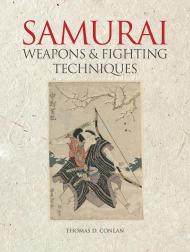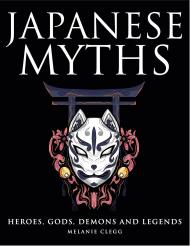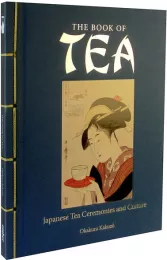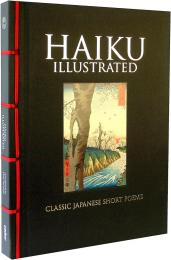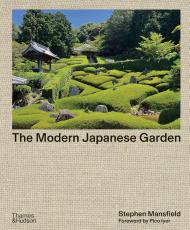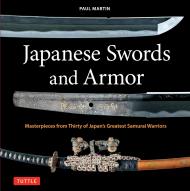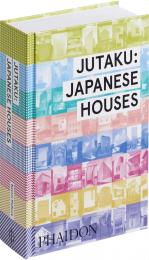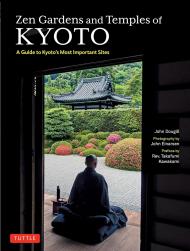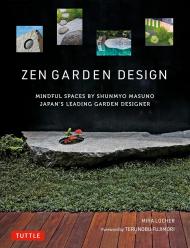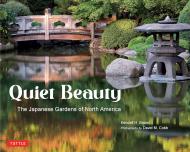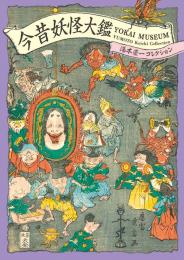The Samurai warrior is one of the most famous types of soldier, with his intricate armour, longbow and distinctive katana sword, as well as his strict martial code. But samurai warfare and military culture are much misunderstood in the modern era. In Samurai Weapons & Fighting Techniques, Thomas D. Conlan traces the history and development of samurai warfare over seven centuries, beginning with the historic dominance of the mounted, bow-armed samurai, moving through the introduction of naginata-wielding ashigaru (skirmishers) and pike formations, and finishing with the revolutionary introduction of firearms and cannon. Conlan analyses the success of particular samurai dynasties, such as the Ashikaga, Uesugi and Tokugawa clans, and examines the role of many of the great battlefield commanders – such as Oda Nobunaga, Takeda Shingen and Tokugawa Ieyasu – at key battles like Kawanakajima (1561), Nagashino (1575) and the siege of Osaka (1615).
The book is illustrated throughout with more than 300 detailed line drawings and colour photographs showing the weapons, equipment, techniques and tactics of the samurai. Types of armour – such as ō-yoroi, haramaki and paper armour – and weapons – such as the tachi long sword, wakizashi short sword and yari (pike) – are depicted in detail.
Expertly written, Samurai Weapons & Fighting Techniques is a highly illustrated, accessible introduction to samurai warfare for both the military enthusiast and general reader.
About the Author:
Thomas D. Conlan is Professor of East Asian Studies & History at Princeton University. He was formerly Associate Professor of Asian Studies at Bowdoin College, Maine. A graduate in Japanese History from the Universities of Michigan and Kyoto, he was awarded his Ph.D from Stanford University in 1998. His books include The Violent Order of Fourteenth Century Japan.
